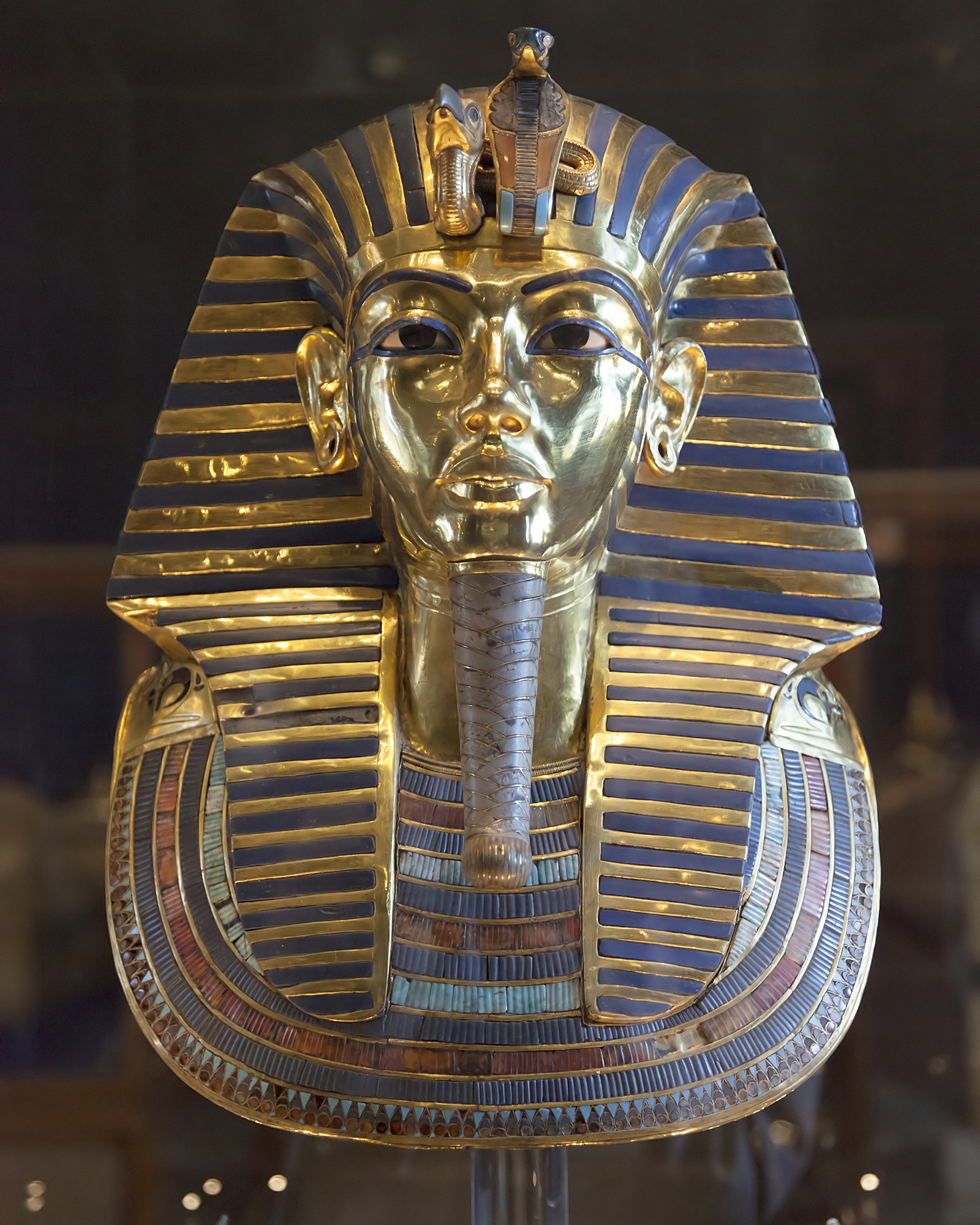Difference between revisions of "Template:POTD protected"
Occultwiki (talk | contribs) |
Occultwiki (talk | contribs) |
||
| Line 1: | Line 1: | ||
{| role="presentation" style="margin:0 3px 3px; width:100%; text-align:left; background-color:transparent; border-collapse: collapse; " | {| role="presentation" style="margin:0 3px 3px; width:100%; text-align:left; background-color:transparent; border-collapse: collapse; " | ||
|style="padding:0 0.9em 0 0;" | [[File: | |style="padding:0 0.9em 0 0;" | [[File:CairoEgMuseumTaaMaskMostlyPhotographed.jpg|300px|thumb|]] | ||
|style="padding:0 6px 0 0"| | |style="padding:0 6px 0 0"| | ||
'''[[ | '''[[Tutankhamun]]''', commonly referred to as '''King Tut''', was an ancient Egyptian pharaoh who was the last of his royal family to rule during the end of the 18th Dynasty during the New Kingdom of Egyptian history. | ||
His names—Tutankhaten and Tutankhamun—are thought to mean "Living image of Aten" and "Living image of [[Amun-Ra|Amun]]", with Aten replaced by Amun after Akhenaten's death. A small number of Egyptologists, believe the translation may be incorrect and closer to "The-life-of-Aten-is-pleasing" or reads as "One-perfect-of-life-is-Aten". | |||
Tutankhamun restored the Ancient [[Egyptian religion]] after its dissolution by his father, enriched and endowed the priestly orders of two important cults and began restoring old monuments damaged during the previous Amarna period. He moved his father's remains to the [[Valley of the Kings]] as well as relocating the capital from Akhetaten back to Thebes. | |||
<p><small>Photographer: Unknown</small></p> | <p><small>Photographer: Unknown</small></p> | ||
[[:Category:Images|'''(More Images)''']] | [[:Category:Images|'''(More Images)''']] | ||
<div class="potd-recent" style="text-align:right;"> | <div class="potd-recent" style="text-align:right;"> | ||
Revision as of 16:04, 4 April 2024
|
Tutankhamun, commonly referred to as King Tut, was an ancient Egyptian pharaoh who was the last of his royal family to rule during the end of the 18th Dynasty during the New Kingdom of Egyptian history. His names—Tutankhaten and Tutankhamun—are thought to mean "Living image of Aten" and "Living image of Amun", with Aten replaced by Amun after Akhenaten's death. A small number of Egyptologists, believe the translation may be incorrect and closer to "The-life-of-Aten-is-pleasing" or reads as "One-perfect-of-life-is-Aten". Tutankhamun restored the Ancient Egyptian religion after its dissolution by his father, enriched and endowed the priestly orders of two important cults and began restoring old monuments damaged during the previous Amarna period. He moved his father's remains to the Valley of the Kings as well as relocating the capital from Akhetaten back to Thebes. Photographer: Unknown |
